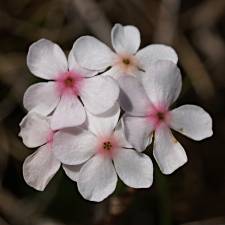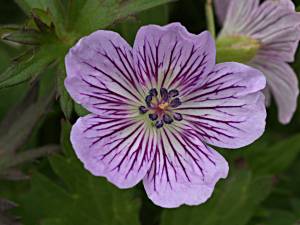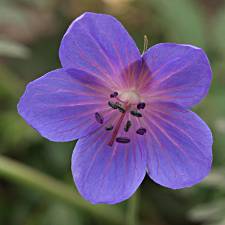Mongolian plants (photos)
The summer wildflowers in Mongolia are attractive and diverse.
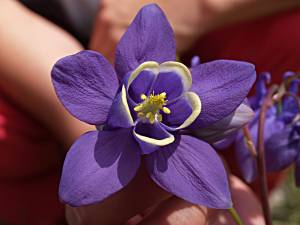
Aquilegia sp. (Columbine)
37mm, f/8.0, 1/160s, ISO 100 |
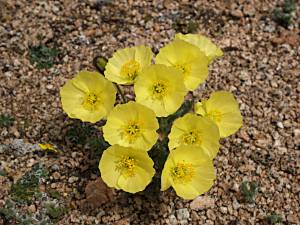
Papaver sp. (Poppy)
29mm, f/9.0, 1/500s, ISO 100 |
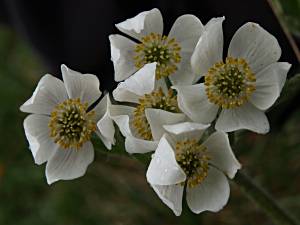
Ranunculus sp. (Anemone)
54mm, f/10.0, 1/160s, ISO 100 |
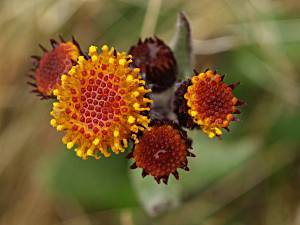
Tephroseris, perhaps Tephroseris turczaninovii
54mm, f/6.3, 1/200s, ISO 200 |
Plant genuses photographed included:
Acanthaceae (Aconitum);
Alliaceae (Allium);
Asteraceae (Centaureum, Tusillago or Patesites);
Betulaceae (Betula);
Carophyllaceae (Dianthus versicolor?);
Convolvulaceae (Ipomoea);
Crassulaceae (Sempervivum, Sedum);
Dipsacaceae (Scabiosa);
Ericaceae (Arbutus, Rhododendron dahuricum);
Fabaceae (Crotolaria, Vicia, Medicago, Astragalus, Oxytropis?, Thermopsis);
Geraniaceae (Geranium);
Hemerocallidaceae (Hemerocallis);
Iridaceae (Iris);
Labiatae (Salvia);
Lamiaceae;
Liliaceae (Lilium, Lilium pumilum);
Melanthiaceae (Veratrum);
Orchidaceae (Dactylorhiza);
Papaveraceae (Papaver, Meconopsis);
Poaceae;
Polygonaceae (Rheum);
Primulaceae (Primula);
Ranunculaceae (Aquilegia, Delphinium grandiflorum, Trollius asiaticus, Ranunculus, Clematis);
Rosaceae (Cotoneaster, Dryas, Fragaria?, Potentilla, Rosa);
Salicaceae;
Scrophulariaceae (Pedicularis);
Theymelaeacae (Stellera chamaejasme);
Zygophyllaceae (Zygophyllum).
For the plant identifications,
thanks to Mike Todd, Bronwyn Collins, Jo Palmer and staff at the CSIRO
Australian National Herbarium.
I couldn't find a suitable field guide to Mongolian plants. Vegetation
Dynamics of Mongolia (Geobotany) looked
interesting, but not $190 worth of interesting.
And the China and Mongolia volume of V.I. Grubov's Plants
of Central Asia seems a bit esoteric.
In Mongolia I saw a book
Forage
Plants in Mongolia. This only covers plants edible by
domestic animals, but that includes some 300, among them many of the
flowering plants we saw. According to
the blurb, it
"contains plant species names in Latin and
Mongolian, local Mongolian names, botanical and
vegetation characteristics of each species, area of
distribution within Mongolia, palatability and
nutritional information, and their economic
importance and potential for future use. Color
photographs and/or line drawings for most of the
forage species are also included".
Up: 2005 Mongolia trip
